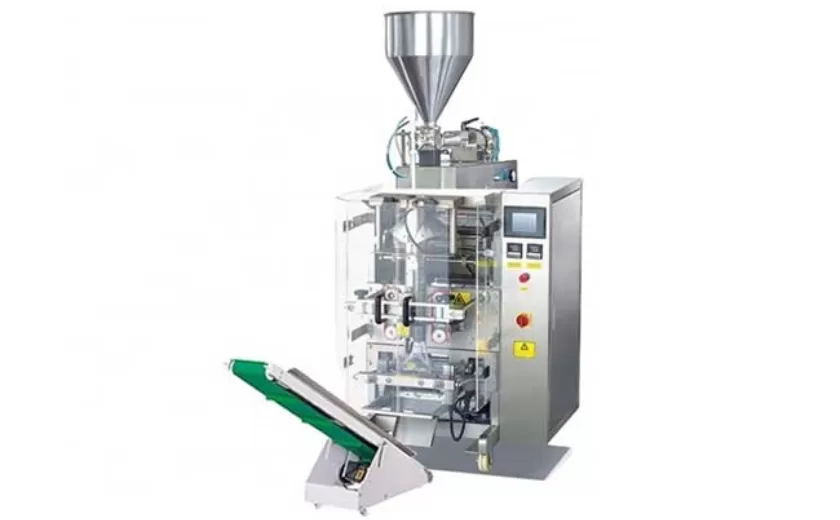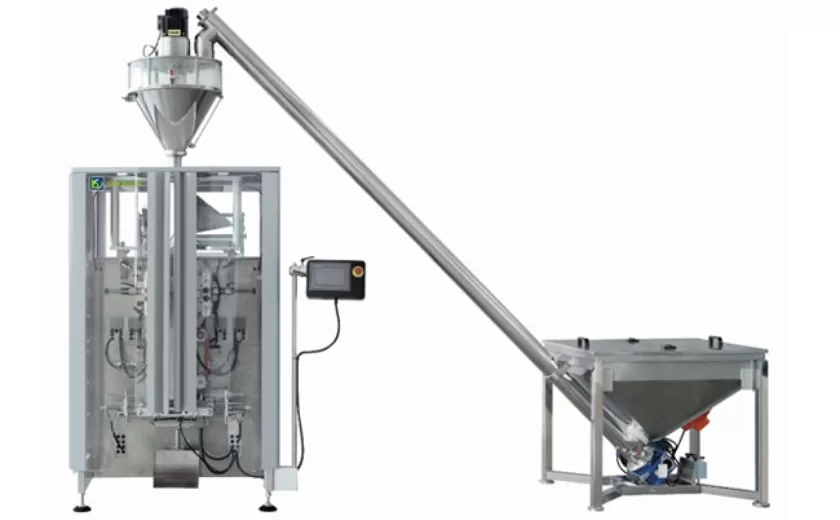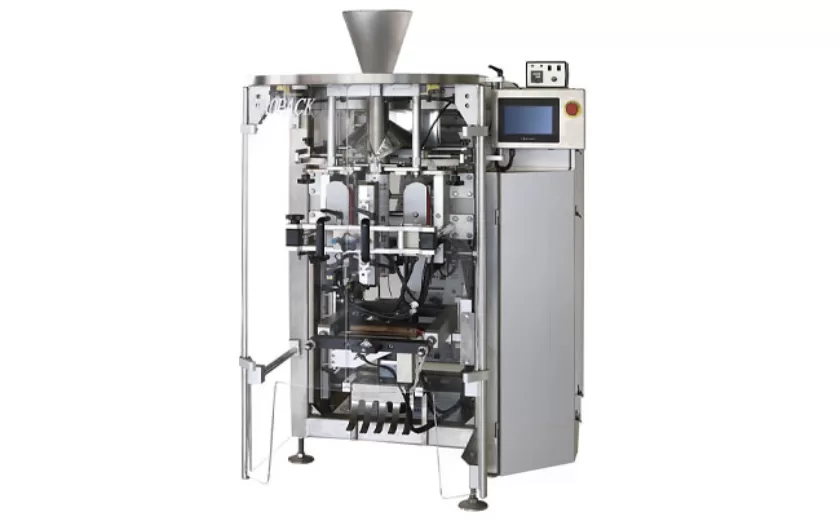The Economics of Liquid Sachet Packing- A Comprehensive Overview
Economics of Liquid Sachet Packing: A Comprehensive Overview
The global packaging industry is vast and rapidly evolving, with consumer preferences, sustainability concerns, and technological advancements shaping its trajectory. Liquid sachet packing has emerged as a significant segment within this industry, offering unique advantages and economic considerations that warrant close examination. This article presents a comprehensive overview of the economics of liquid sachet packing, exploring the various aspects that influence its cost-effectiveness and market potential.
Raw Materials and Manufacturing Costs
The primary raw material for liquid sachets is flexible packaging film, typically composed of polyethylene or polypropylene. The thickness and composition of the film determine its strength, barrier properties, and overall cost. Manufacturing processes involve forming, filling, and sealing the sachets, which require specialized machinery and skilled labor. The scale of production and automation levels significantly impact the manufacturing costs.
Market Demand and Consumer Preferences
Market demand for liquid sachets is driven by factors such as convenience, portability, and affordability. Consumers increasingly seek single-serve packaging solutions for on-the-go consumption and smaller household sizes. The appeal of liquid sachets extends across various product categories, including beverages, condiments, personal care products, and pharmaceuticals.
Distribution and Logistics
The distribution and logistics associated with liquid sachet packing are crucial economic considerations. The lightweight and compact nature of sachets enables cost-efficient transportation and storage. However, efficient distribution channels and reliable logistics networks are essential to ensure timely delivery and minimize spoilage.
Environmental Impact and Sustainability
Environmental concerns have become increasingly important in the packaging industry. Liquid sachets contribute to plastic waste, raising questions about their sustainability. Recent developments in biodegradable and recyclable materials offer potential solutions to minimize the environmental footprint of sachet packaging.
Technological Advancements
Technological advancements continue to reshape the economics of liquid sachet packing. Innovations in film technology, such as multilayer coextrusions, enhance barrier properties and reduce material costs. Automated filling and sealing machines improve efficiency and reduce labor costs.
The economics of liquid sachet packing are multifaceted, involving various aspects that influence its cost-effectiveness and market potential. Understanding these factors enables stakeholders in the packaging industry to make informed decisions about the design, production, and distribution of liquid sachets. As consumer preferences and environmental concerns continue to evolve, the economics of liquid sachet packing will remain a dynamic area of research and innovation.
-

Advanced Packing Solutions: Snacks, Sugar, and Frozen Food Machines
29-10-2025 -

Efficient and Reliable Solutions for Salt, Nuts, and Frozen Dumplings Packing
29-10-2025 -

High-Performance Biscuits, Lollipop, and Ketchup Packing Machines for Modern Food Production
29-10-2025 -

Efficient Liquid Filling and Packing Machines for Modern Production
23-10-2025 -

Reliable Granule Packaging Machines for Efficient Production
23-10-2025 -

Efficient Auger Powder Filling Machines for Accurate Packaging
23-10-2025 -

High-Performance Liquid Filling and Packing Machines for Hygienic Production
10-10-2025 -

High-Efficiency Granule Packaging Machines for Precision and Speed
10-10-2025 -

High-Precision Auger Type Powder Filling Machines for Efficient Packaging
10-10-2025 -

Efficient Vertical Form Fill Seal Packaging Machines for Smart Production
10-10-2025





